Last August, PAN Asia Pacific visited two districts in Tamil Nadu and Andhra Pradesh in South India to investigate pesticide poisoning of children in floriculture farms and mango orchards. Together with our local partners, we have previously reported on the phenomenon in Of Rights and Poisons: Accountability of the Agrochemical Industry. But we wanted to document further to provide local and international bodies more information and spur action on what are essentially violations of the rights of the child.
Child labor in floriculture
India is the world’s second largest producer of flowers, with an estimated 65,000 hectares dedicated to flower production. And while flower cultivation has been around since time immemorial, with flowers such as jasmine and marigold commonly used in religious rituals and everyday wear, commercial floriculture has risen in recent years due to exports. Thus, in many districts in Tamil Nadu, one of the country’s major flower growing state, many small household farms have converted from growing staple food crops to floriculture. But it is largely unknown that children as young as eight work on these farms, and in the process get exposed to Highly Hazardous Pesticides (HHPs).
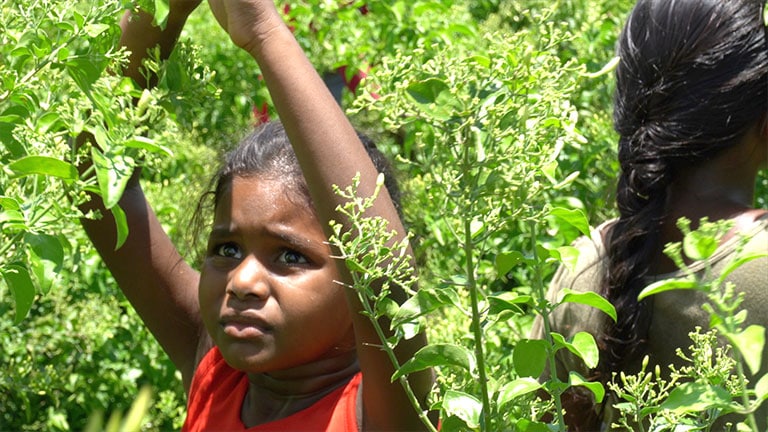
We had a chance to interview these children when we visited the village of Thalavedu, Thiruvallur District. Faced with a roomful of schoolchildren, Shanthi, an indefatigable woman organiser from the Society for Rural Education and Development (SRED) asked, in Tamil: “Who among you work in the flower fields?” Every single child raised their hand. True enough, in the Community Pesticide Action Monitoring (CPAM) done by PANAP and SRED in Thiruvallur, an overwhelming majority (96%) of the 24 children surveyed had been plucking flowers in fields sprayed with pesticides. They do this as a means to supplement their meager family income. For as low as 20 Indian Rupees a day—which they mostly use to buy notebooks, pen and paper—children are exposed to pesticides that are known to be highly toxic. Their small hands are quick and suited for plucking flowers, and so they are preferred by local landlords. Meanwhile, small farmer families often need the extra pair of hands and mobilise their own children to save on costs.
Farmers who apply pesticides do so with little or no protective clothing. They spray toxic chemicals wearing only a traditional wraparound (lungi) or a pair of shorts, and cover their mouth and nose with a piece of cloth—basically ineffectual against pesticide fumes. This lack of adequate protection extends to children, who aside from plucking flowers, reported preparing/ mixing pesticides (38%) and mixing pesticides with their bare hands (21%).
Children usually work at 6 or 7 in the morning before going to school. One of the children said that he goes to work the flower fields in his school uniform—and so the smell of pesticides stays with him throughout the rest of the day. The odor of a field newly sprayed with pesticides can knock the wind out of an adult. Imagine its effect on a child.
In our monitoring, 67% reported falling ill after pesticide exposure. Acute poisoning symptoms include dizziness, vomiting, headache, sleeplessness, skin rashes, diarrhea, increased salivation and perspiration, fatigue, tremors, seizures, breathing problems, and fever. More than half or 54% had to seek medical treatment.
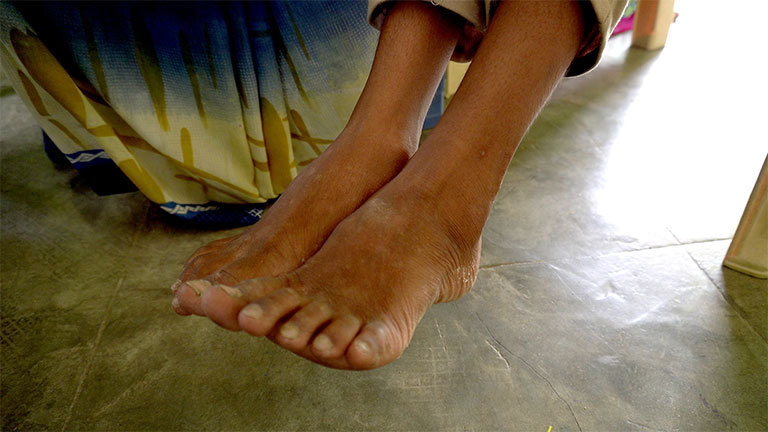
We witnessed how the children worked the fields in the nearby village of Nemili. Girls rapidly collect the flowers in the folds of their shirts. Boys run around for several minutes before settling into their labour. Although by now, flower plucking is for them as commonplace as play, the dangers are not lost on them. “When I leave the flower fields and go to school, I get a headache and sometimes faint. So I cant’t focus on my studies,” said Priya, 12, who is studying 7th standard. The CPAM survey showed that the children are exposed to pesticides through means apart from working in the fields. These include washing clothes that were used in pesticide application (usually their parents’), cleaning containers used to apply pesticides, playing in yards that are reached by pesticide drift, and playing with pesticides containers.
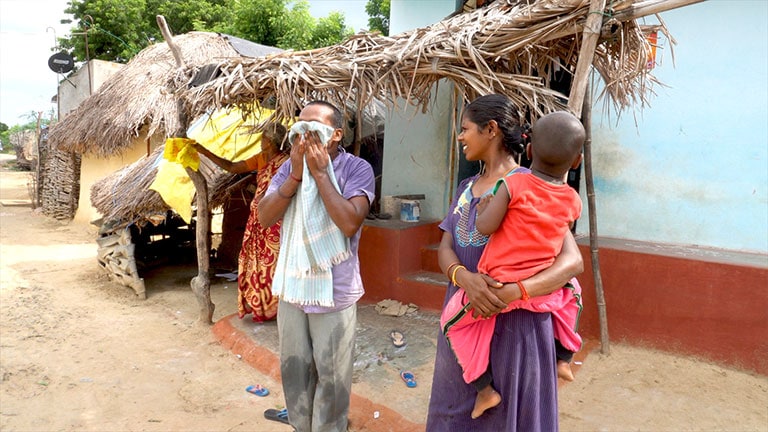
Toxic to children
Of the 20 pesticides used in flower fields that were identified, 16 are considered highly hazardous, as classified by Pesticide Action Network. Of these HHPs, five—monocrotophos, cypermethrin, lambdacyhalothrin, paraquat, and chlorpyrifos—are included in the Terrible 20 pesticides classified by PANAP as especially toxic to children.
Monocrotophos is banned in several countries, including the EU. It is acutely toxic at all routes of exposure and can cause birth defects and neurobehavioral problems. Cypermethrin, classified as a “possible human carcinogen” by the US Environmental Protection Agency, can cause delayed mental development and impaired immune function. Lambdacyhalothrin can cause impaired learning and brain changes similar to Parkinson’s disease in children. Paraquat, also banned in many countries, disrupts hormones and adversely affects brain function. Chlorpyrifos has been banned for household use in the US because of its toxicity to children. It can cause reduced IQ levels and brain damage at low levels; and has been linked to cancer, birth defects, and diabetes.
The pesticides found in floriculture farms in Tamil Nadu are sold and manufactured by Indian companies, as well as agrochemical transnational companies Syngenta and Bayer CropScience.
Pesticides drift in mango orchards
In Chittoor District in Andhra Pradesh, children living near mango orchards are also exposed to toxic pesticides. Chittoor is known for its vast orchards of mango, India’s national fruit, and also a top export crop. Agricultural workers and small owners of mango orchards use HHPs extensively during three stages of mango production—at its flowering, when the fruit buds first appear, and shortly before the harvest. During this time, the entire orchard and the community surrounding it would be infused with chemical fumes so strong that they can literally cause children to faint.

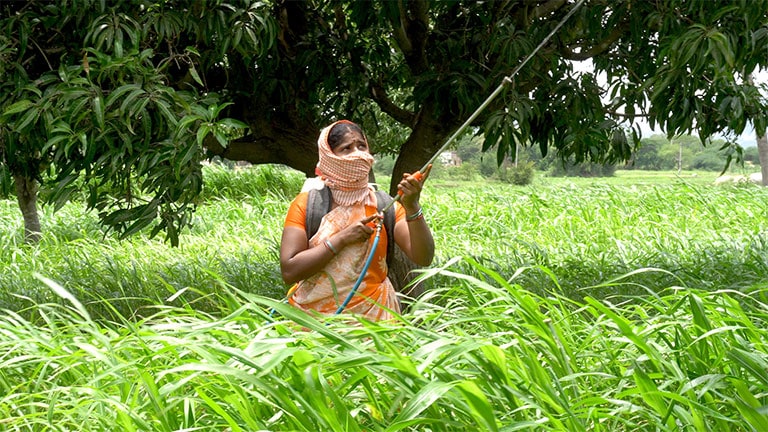
While our CPAM survey focused mainly on agricultural workers, we also documented the effects of pesticides on children. One of whom is Manasa, 10, a 4th standard student in Dinnipativaripalli village. She had a terrible headache and passed out when pesticide fumes drifted into their open-air classroom, located less than a kilometer away from mango orchards. Manasa had to be taken to the hospital. “I don’t want pesticides in our village because many people in our place are becoming sick,” she said. Afterwards, her mother, an agricultural worker, disallowed her from playing in the mango orchards while she worked.
Still, a lot of children accompany their parents while they spray pesticides. An orphan with no one else to look after her, 15-year-old Simron of Bayyareddygarapalli village had for several years went with her grandmother to the mango orchards, becoming exposed to toxic pesticides. As a result, her health and eyesight deteriorated—her right eye is blind, and she frequently gets skin allergies and fever. Her sickness eventually caused her to drop out of school.
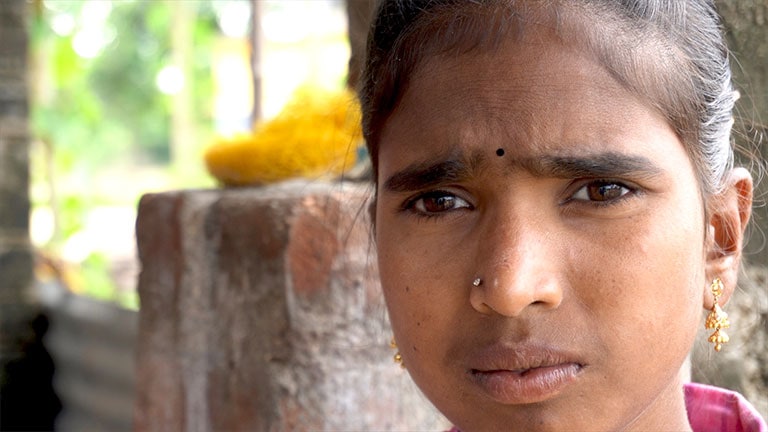
UNCRC violations
The United Nations Convention on the Rights of the Child (UNCRC) states that “every child has the inherent right to life.” It declares that the survival and development of the child must be ensured to the “maximum extent possible,” and that “the right of the child to the enjoyment of the highest attainable standard of health” must be safeguarded and upheld by states.
Clearly, these fundamental rights of these children in India were violated when they were exposed to Highly Hazardous Pesticides. Their involvement in child labor also violates another fundamental right, recognised by Article 32 of the UNCRC, which states “the right of the child to be protected from economic exploitation and from performing any work that is likely to be hazardous or to interfere with the child’s education, or to be harmful to the child’s health or physical, mental, spiritual, moral or social development.”
With pesticides drifting into classrooms and children unable to concentrate on their studies and even dropping out of school because of poisoning symptoms, their right to education is also violated. Article 28 of the UNCRC states that parties must “take measures to encourage regular attendance at schools and the reduction of drop-out rates.”
Finally, Article 24 of the UNCRC recognises children’s right to enjoy the highest standard of health, and should be able to have “adequate nutritious foods and clean drinking-water, taking into consideration the dangers and risks of environmental pollution.” It must be assumed that with the high pesticide usage in the surveyed communities—with spraying equipment and pesticide bottles lying around—food and drinking water are contaminated as well.
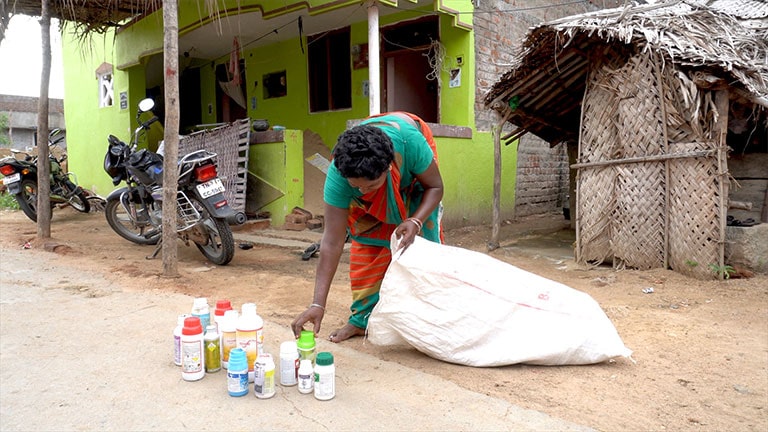
Accountability of the agrochemical industry
There is a complex web of individuals and institutions involved in the exposure of children to pesticides and the irrevocable harm it has done to their lives and future. But at the heart of this web of accountability is the global agrochemical industry—dominated by the Big Four of Syngenta, Bayer-Monsanto, Dow-Dupont and BASF—that manufactures and sells hazardous products that have been so assiduously entrenched into the production system that farmers often have no choice but to use them. In our interviews with farmers and agricultural workers, either the shops or the landlords simply hand over the pesticides, without informing them of its hazards.
The Indian government as a party to the UNCRC must pay attention to these child rights violations and uphold its commitments to protect these rights. It can do so by instituting pesticide-free buffer zones around schools, banning Highly Hazardous Pesticides used in the floriculture and mango industry, and start transitioning back to more agroecological methods that actually have been around longer and been more fruitful than the use of these poisons.








Discussion about this post